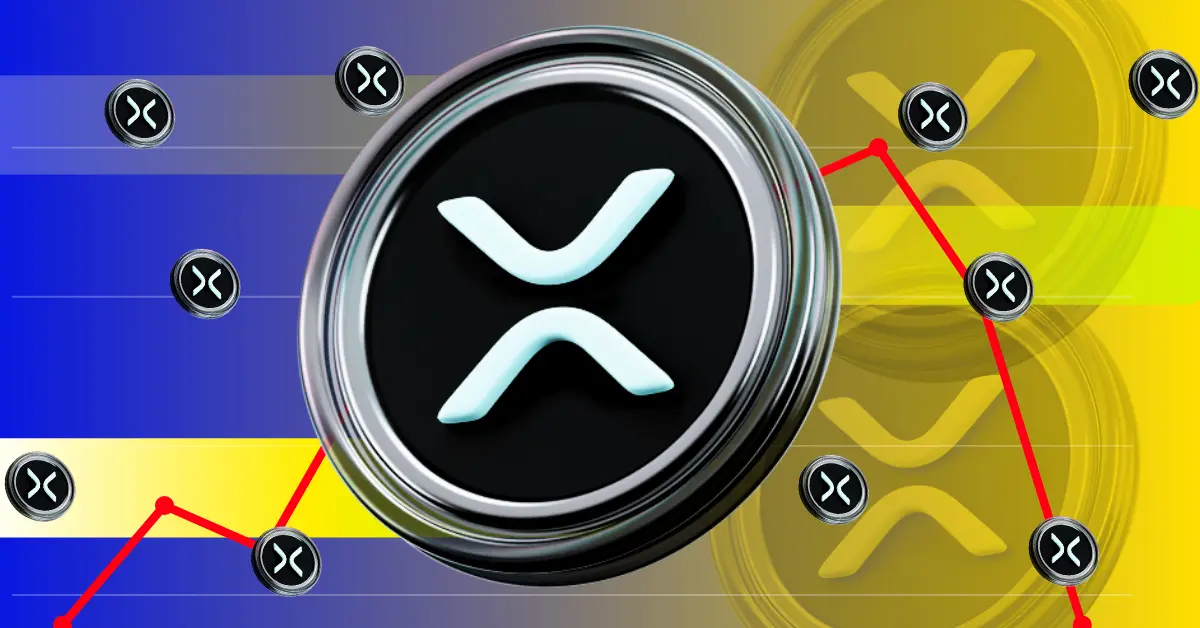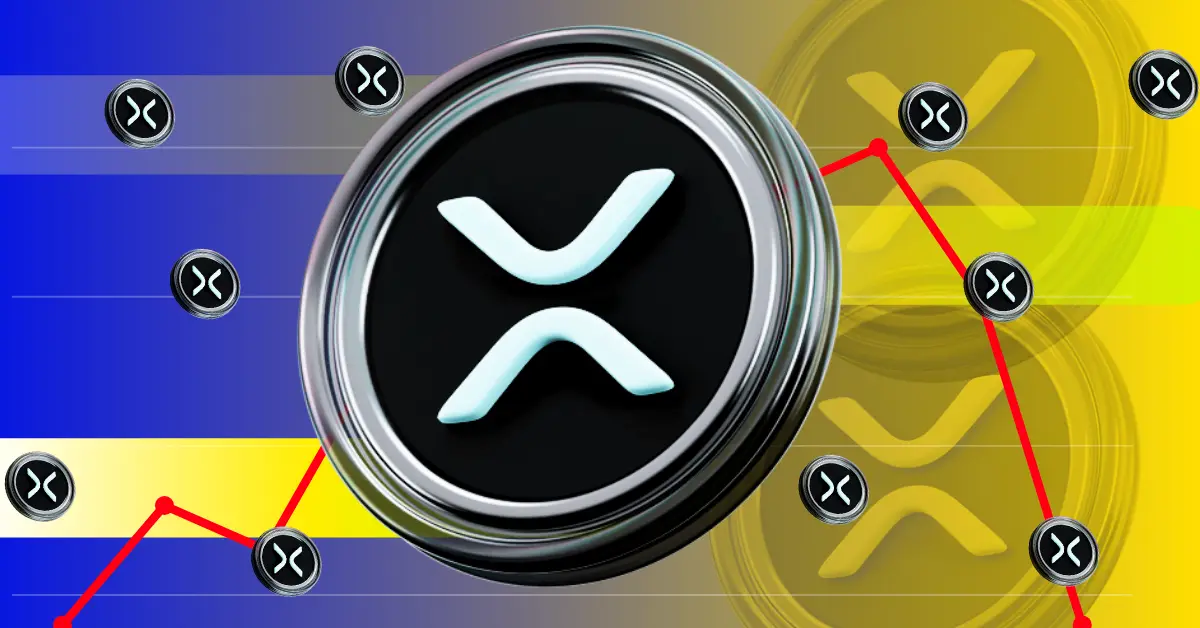The XRP Saga: Ripple’s Legal Rollercoaster and the Aftermath of Judge Torres’ Ruling
The cryptocurrency markets are known for their volatility, but few episodes have captured the community’s attention like the ongoing legal drama between Ripple Labs and the U.S. Securities and Exchange Commission (SEC). Recently, a pivotal ruling by Judge Analisa Torres sent fresh waves through the market, denying a joint settlement motion from both Ripple and the SEC, rejecting proposals for an indicative ruling and a reduced penalty. The result? XRP’s price took an immediate hit, the legal clarity investors hoped for remains elusive, and the fate of Ripple’s flagship token is more hotly debated than ever.
Let’s dive into the heart of the matter: What happened in Judge Torres’ courtroom, how did the XRP price respond, and what does it all mean for Ripple, regulators, and crypto at large?
The Anatomy of the Rejection: Inside Judge Torres’ Decision
Legal Chess, Not Checkmate
After over three years of litigation, Ripple and the SEC attempted what looked like a shortcut: both sides requested that Judge Torres fast-track the endgame by providing an “indicative ruling” to amend Ripple’s $125 million civil penalty and dissolve an injunction prohibiting XRP sales to institutions. This coordinated maneuver—rare between fierce legal adversaries—reflected a mutual desire to break the deadlock and bring much-needed closure.
Judge Torres, however, was unmoved. She dismissed the settlement attempt as “procedurally improper,” clarifying that her court would not bypass established appeals protocols. Any effort to reduce the penalty or vacate the injunction must follow formal processes—including Rule 60 filings and withdrawal of appeals—rather than brokering deals outside the playbook. In plain English: “You want a shortcut? Go take the proper road.”
Her order underlines a strict adherence to legal norms and an insistence on comprehensive judicial review before final determinations. By refusing to budge for expediency, Torres emphasized that no party, however jointly aligned, gets to bend the rules in her courtroom.
Ripple, the SEC, and a Never-ending Story
Ripple’s reaction was swift but composed. The company reaffirmed confidence in XRP’s legal status, noting that the 2023 ruling (which found XRP was not a security in programmatic exchange sales) still stands. The SEC, for its part, remains locked in its original pursuit: a final, enforceable penalty and the power to regulate tokens distributed to institutions.
For now, neither side got what they wanted. Ripple remains encumbered by both a nine-figure fine and an injunction limiting its sales options—a cloud that looms over its business development plans in global markets. The SEC, meanwhile, must continue its campaign without the appearance of a precedent-setting win.
Market Reaction: XRP’s Wild Ride
Price Consequences, Sentiment Shockwaves
The market’s response to Judge Torres’ ruling was swift and brutal. Almost instantly after news broke, XRP’s price lost up to 10% from its recent highs. Figures cited in the aftermath painted a grim picture: XRP fell from $2.60 to $2.09 in a matter of hours, later stabilizing around $2.10–$2.19, and even triggering a $2 billion loss in market capitalization within an hour. The token underperformed not only its own recent bull run but also lagged behind other top-10 cryptocurrencies, making it the worst performer in its bracket.
This rout wasn’t purely technical—sentiment across social media and trading platforms reflected deep frustration, uncertainty, and a renewed caution among both retail traders and institutions. Analysts started eyeing key support levels ($2.08, $1.87, and the $2.19 trendline) as possible lifelines, with some warning of a further bearish slide if confidence doesn’t bounce back.
Volatility as a Feature, Not a Bug
It’s crucial to remember that XRP has a history of outsized reactions to regulatory headlines. In July 2023, the first Torres ruling that programmatic XRP sales weren’t securities triggered a wild rally; subsequent negative or ambiguous updates have repeatedly reversed those gains. The speed and magnitude of the latest drop simply reiterate how heavily the token’s price is tethered to courtrooms rather than fundamentals or roadmap developments.
Ripple’s Strategic Dilemma
Regulatory Overhang: An Ongoing Ball and Chain
The failure to secure settlement relief leaves Ripple operating under constraints that put it at a disadvantage relative to competitors. The $125 million fine is hefty, but the persistent injunction against institutional sales is arguably the bigger strategic headache. It stops Ripple from tapping the very market segment that represents the lion’s share of global capital adoption.
This regulatory overhang has downstream effects:
– Partnerships: Prospective partners and major financial institutions are likely to stay on the sidelines until legal fog clears.
– Expansion: Ripple’s ambitions to expand beyond remittances into broader enterprise finance, CBDC partnerships, and tokenization projects could be slowed.
– Reputation: The ongoing legal battle continues to seed doubt, undermining narratives of stability and regulatory compliance.
Ripple can still point to Judge Torres’ 2023 ruling—that XRP is not a security in the hands of programmatic retail buyers. But the caveats, exceptions, and continued threat of future enforcement make “business as usual” nearly impossible at scale.
The SEC’s Perspective: Stubborn or Strategic?
From a regulatory standpoint, the SEC’s refusal to soften its stance—even in the face of a partial judicial rebuff—sends a clear message: it isn’t ready to wave the white flag or hand out concessions to token issuers. By forcing the process to play out through appeals and proper motions, the SEC can maintain pressure and test the limits of both judicial patience and corporate resolve.
This aggression, though, comes at a cost. The longer the case drags on, the greater the regulatory ambiguity for other U.S. crypto projects, and the more American innovation risks shifting overseas.
Broader Implications: What Ripple v. SEC Means for Crypto
A Precedent Still in Limbo
Despite being a single case, Ripple v. SEC is the de facto bellwether for U.S. digital asset regulation. Investors, entrepreneurs, and rival projects have all looked to it for hints about how “security” will be defined, how penalties might be calibrated, and how courts interpret the messy intersection of legacy law and emerging technology.
The immediate impact of the Torres rejection is a delay—possibly measured in months—before any major new precedent can be set. There is no clarity on whether similar joint settlement attempts will fare better, and no ruling as yet on finer points like secondary sales, exchange liability, or definitions of “common enterprise.”
Institutional Caution, Retail Fatigue
Expect continued wariness among institutional participants—banks, payment networks, ETFs—toward XRP and similar tokens for now. Regulatory clarity is the number one gating factor, and until this case is resolved at the highest levels (or Congress rewrites the rules), the “institutional money” narrative will remain more promise than practice.
Retail traders, meanwhile, must navigate massive volatility and, quite simply, lawsuit fatigue. Each round of filings and rulings generates whiplash; only the most committed are likely to stay patient through yet more legal twists.
Possible Futures: What Happens Next?
The story doesn’t end here. Several paths remain open:
Conclusion: XRP’s Legal Limbo and the High Cost of Uncertainty
The latest twist in the Ripple-SEC case—Judge Torres’ firm rejection of a shortcut settlement—reminds us that in crypto, clarity is often more elusive than price action suggests. The verdict slams the door, for now, on easy resolution, prolonging both Ripple’s regulatory headaches and XRP’s price turbulence. For investors, developers, and regulators, the message is clear: finality in crypto law is earned one hard-fought ruling at a time, not negotiated behind closed doors.
Until the dust settles, XRP sits at the mercy of legal calendars—not market cycles. In the absence of closure, patience and resilience are the only real strategies for those betting on Ripple’s long-term success. And in the wider world of digital assets, the saga offers a stark reminder: disruption may be the promise, but legal process is still the reality.












